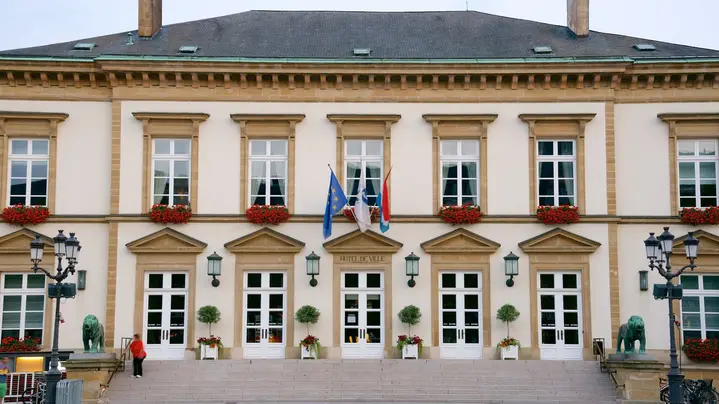
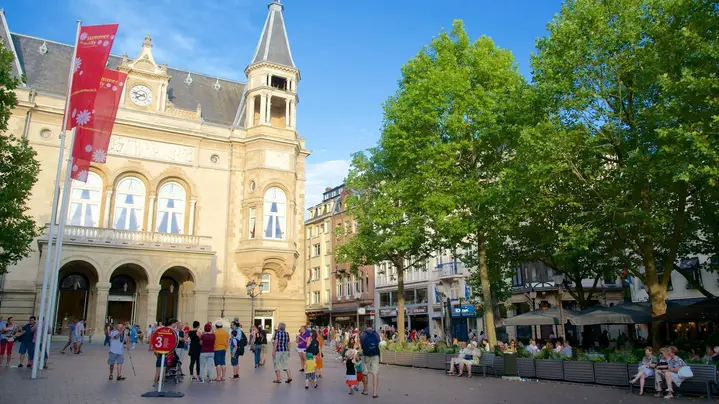
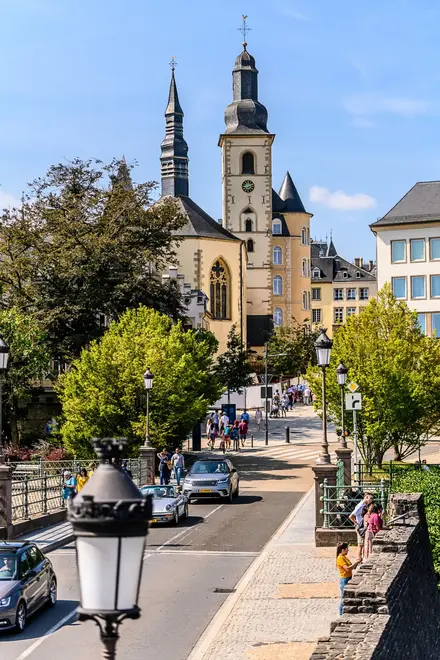
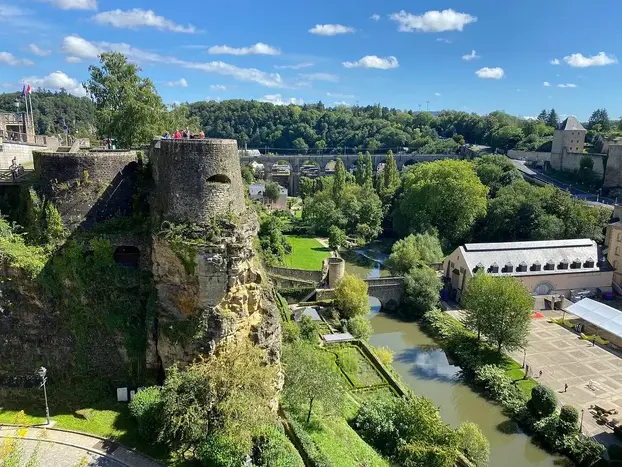
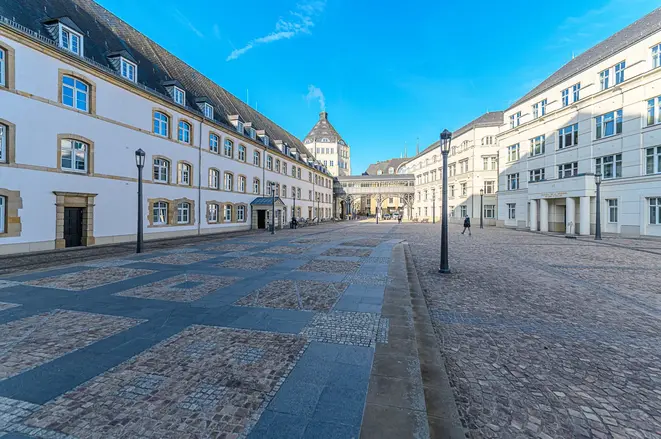

Free tour
Free Tour Luxemburg city - Downtown
4.76
Good (117 ratings) Guru: Julio
PRO
Verified quality
Registered on 07 June 2024

My name is Julio and I am from Spain. I felt in love with Luxemburg when I arrived to the little Grand Duchy, 18 years ago.
And it was always coming to my mind why a small country like Luxemburg could stands independent in the middle of Europe.
If you want to know the reason, join me in one of my daily tours and I will drive you through the secrets of this beautiful town.
Free booking and cancellation
Pay-what-you-wish tour, no set price, booking and cancellation are free
Tour description
Luxemburg is a financial stronghold, EU control center and media giant, among others.
But to understand why this little country became that strong you will need to be introduce to the Old Town of the city of Luxemburg, where it all began.
From the time of the Roman Empire to the present day, the city grew on a natural fortress that will lead us to the origin of the Grand Duchy of Luxemburg.
What are we going to visit?
1. LUXEMBURG HISTORY INTRODUCTION.
PLACE GUILLAUME II. THE TOWN HALL
Hôtel de Ville
2. PLACE D´ARMES
3. GRAN DUCAL PALACE
4. CHAMBER OF DEPUTIES OF LUXEMBOURG
5. EGLISE SAINT-MICHEL
6. LE CHEMIN DE LA CORNICHE
7. CITÉ JUDICIARE
8. CATHEDRALE NOTRE DAMME
9. PLACE DE LA CONSTITUTION
Highlights
What will we see on this tour?
Meeting point:
Pl. Guillaume II, 1648 Ville-Haute Luxembourg
I will be in front of the "Hôtel de Ville" (Town Hall of Luxemburg city) at Guillaume II Square
1
Outside visit
Place Guillaume II
Luxembourg TOWN HALL. It is of neoclassical style, with symmetrical windows. It was a former Franciscan monastery (Knuedler - in Luxembourgish means knot).
2
Outside visit
Place d´Armes
Originally this square was a parade ground for the troops defending the city.
3
Outside visit
Palais Grand-Ducal
It is the official residence of the Grand Duke of Luxembourg and where he performs most of his duties as head of state.

How much does this tour cost?
Free tours don't have a set price, instead, each person gives the guru at the end the amount they consider appropriate (amounts usually range from €10 to $50 depending on satisfaction with the tour).
Tour Reviews
4.76
Good (117 ratings) Generic
91
21
3
1
1
By category
Professionalism
4.84
Fun
4.60
Expression
4.63
Quality
4.73
Route
4.75
Who is this tour for?
Accessibility
Suitable for people with reduced mobility.
Groups
Accepts bookings of up to 100 people.
Pets
Suitable for bringing pets.
What should I know?
Minimum Attendees
Requires a minimum of 4 people to conduct the tour.
Additional Costs
The tour does not require payment for tickets or additional expenses.
Free Cancellation
If you cannot attend the tour, please cancel the booking, otherwise the guide will be waiting for you.
Payment Methods
Cash payment only.







